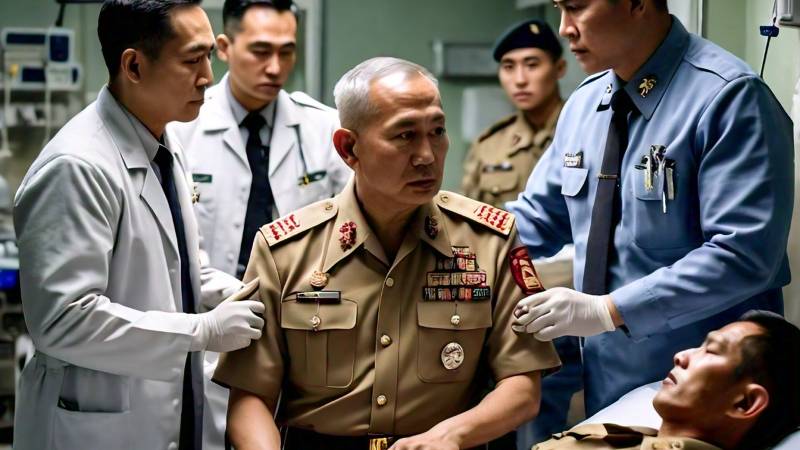In the intricate tapestry of human social norms and systems, power is an ever-present thread, yet its effects are often difficult to discern. A new study, however, has managed to untangle the influence of power dynamics in a high-stakes setting: the doctor-patient relationship within the US Military Health System (MHS).
Researchers Stephen Schwab and Manasvini Singh delved into a dataset encompassing 1.5 million patient encounters in MHS emergency departments. Their findings, published in the journal [insert journal name], shed light on a troubling disparity: military physicians consistently provide better care and resources to patients who outrank them, often at the expense of lower-ranking individuals.
The Hierarchy of Care
In the MHS, both doctors and patients are active-duty military personnel, each assigned a clear rank. As a patient’s rank approaches or surpasses that of their physician, the power differential narrows. The study found that these “high-power” patients received more effort and clinical resources from their physicians and experienced better health outcomes compared to “low-power” patients of the same rank.
The preferential treatment for high-power individuals persisted for years after retirement, and patient rank promotions were found to increase physicians’ effort. Disturbingly, the study also revealed that those with power may unwittingly divert clinical resources and effort away from lower-power patients.
The Intersection of Power, Race, and Sex
The study further illuminated how power dynamics intersect with patient race and sex. White physicians consistently gave less effort to Black patients, an effect that was mitigated when Black patients had a higher rank. However, even with a higher rank, the care Black patients received was only on par with that of low-power White patients.
Sex differences also played a role in the power dynamics between physicians and patients, highlighting the complex interplay of societal hierarchies within the healthcare system.
The authors emphasize that their concern lies not with the doctor-patient power imbalance itself, which may be necessary for effective physician performance, but rather with the inequitable variation in how that power is exercised. “The most vulnerable patients likely bear the burden of this disparity, as has historically been the case,” they write.
In a related Perspective, Laura Nimmon calls for efforts to better understand the facets of power, including the failure of education and healthcare systems to address the myth of physician altruism. “Perhaps it is this myth that prevents medicine from meaningfully addressing this pernicious issue through institutional, educational, and organizational initiatives,” she writes.
As the study sheds light on the insidious influence of power dynamics in healthcare, it serves as a clarion call for change, urging the medical community to confront and rectify these disparities to ensure equitable care for all patients, regardless of rank, race, or sex.


